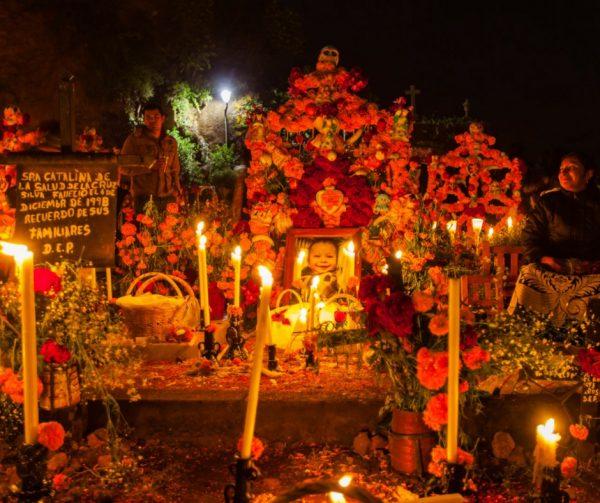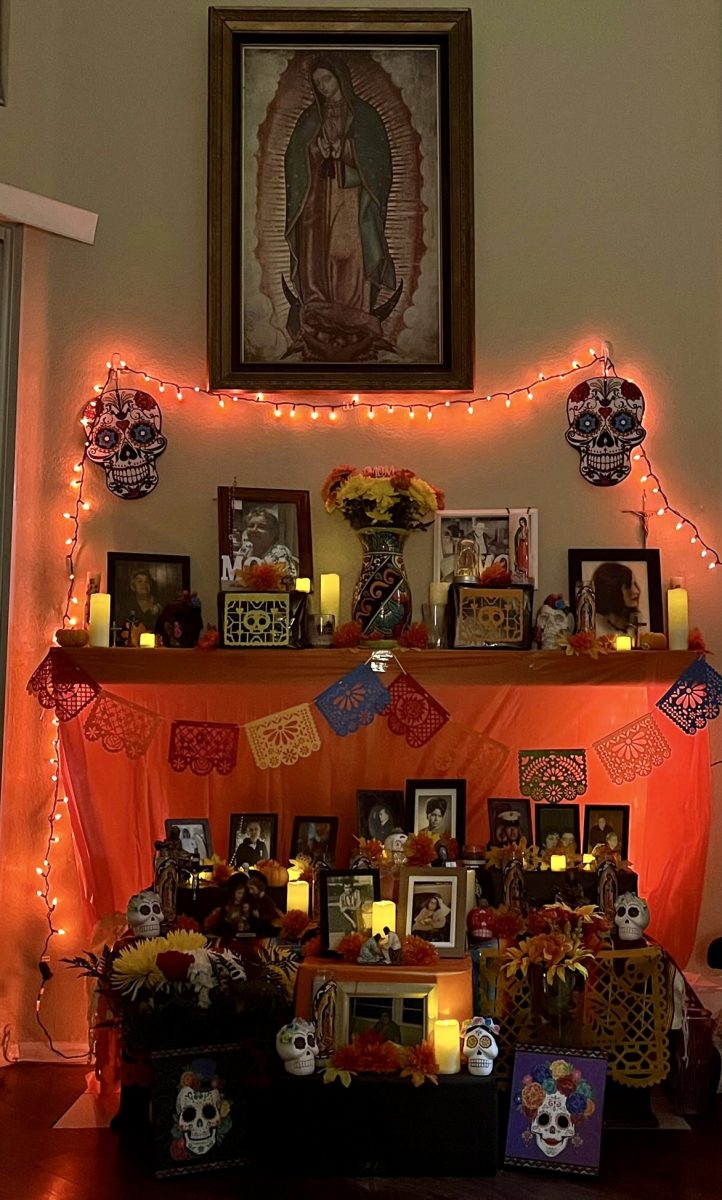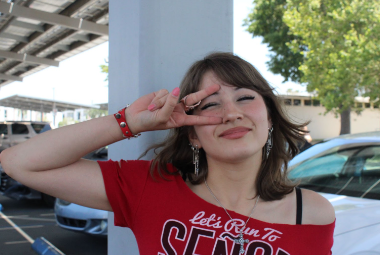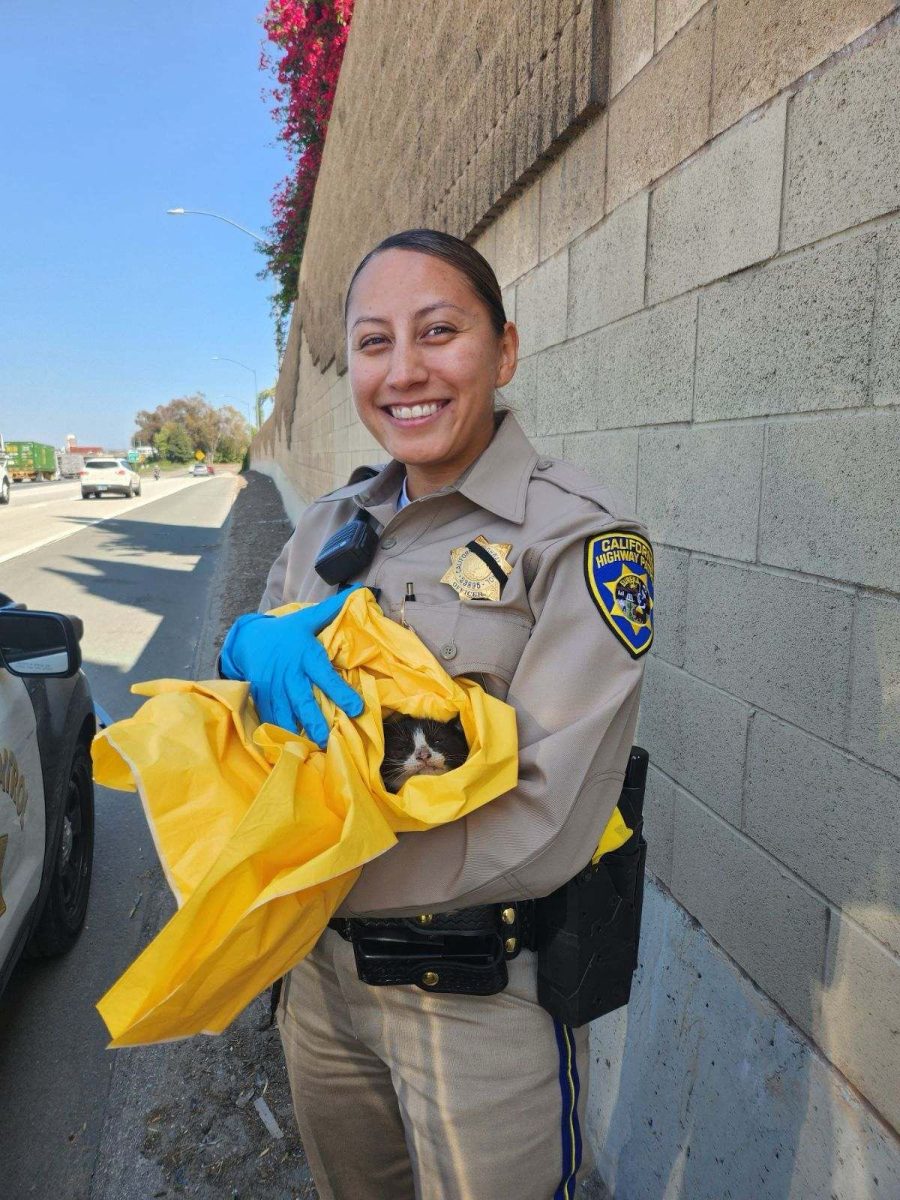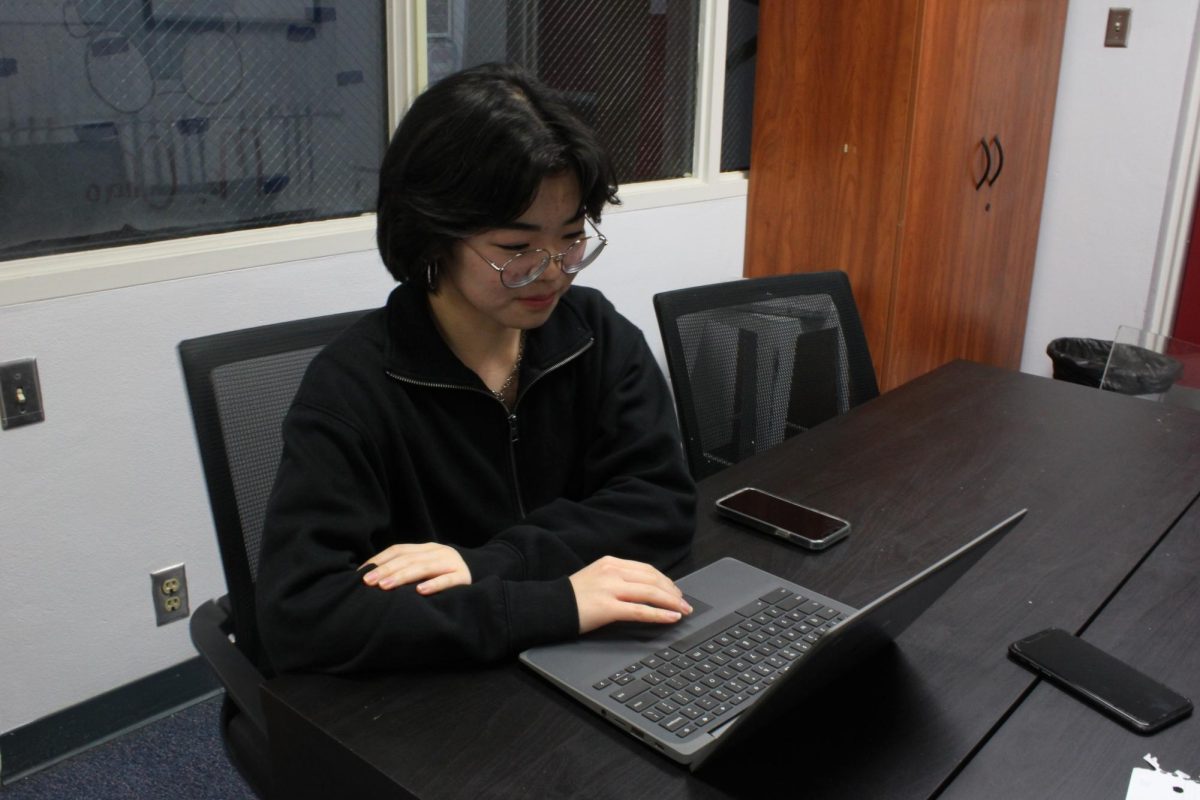Día de los Muertos, or “Day of the Dead,” is a Mexican holiday celebrated on Nov. 1-2 to remember deceased loved ones. Families create colorful ofrendas (altars) adorned with marigolds, candles, sugar skulls,the deceased’s favorite foods, and other items. It’s believed that during this time, the spirits of the departed return to be with the living.
Though the meaning of Dia de los Muertos is sometimes thought to be symbolic, for many this is a holiday not to be taken lightly, with deep cultural and spiritual roots. In Mexico, families often build detailed ofrendas, visit cemeteries, and participate in parades and festivals.
In the United States, Día de los Muertos is celebrated by Mexican-American communities with a blend of Mexican and American customs. It may include smaller home altars, local events, and public displays, but tends to be seen more in localized Mexican communities and less widespread celebrations such as in Mexico.
Sophomore Natali Garcia celebrates her loved ones’ lives by creating an ofrenda year after year, this is her way of honoring her family’s memory during Dia de los Muertos, specifically her grandmothers.
“In my house we put up an altar and we decorate it with our loved ones favorite things, pan de muerto, candles, lights, everything is just very colorful,” said Garcia.
Gabriela Serrano, a Spanish teacher originally from Michoacan, Mexico where Dia de los Muertos is significant, was brought to tears reminiscing on memories from her home state and her grandfather.
“For me it’s a very sentimental day, if I wasn’t here, if I could be in Mexico doing this, I think it would have a lot more significance but I try to keep the tradition alive while I’m here,” said Serrano.
Even though she cannot be in Mexico celebrating, she doesn’t let that factor stop her from honoring her loved ones. She takes advantage of these two special days and celebrates with her loved ones who are also in America.
“My grandfather loved playing the guitar, so for me, having a guitar and his favorite food at the altar commemorates him while he was alive and also welcoming him back,” said Serrano.
Día de los Muertos is a joyful celebration of life and death, emphasizing the continuity of family bonds and the importance of remembering and honoring those who have passed away. This widespread holiday brings Mexican communities together, celebrating life and death.
